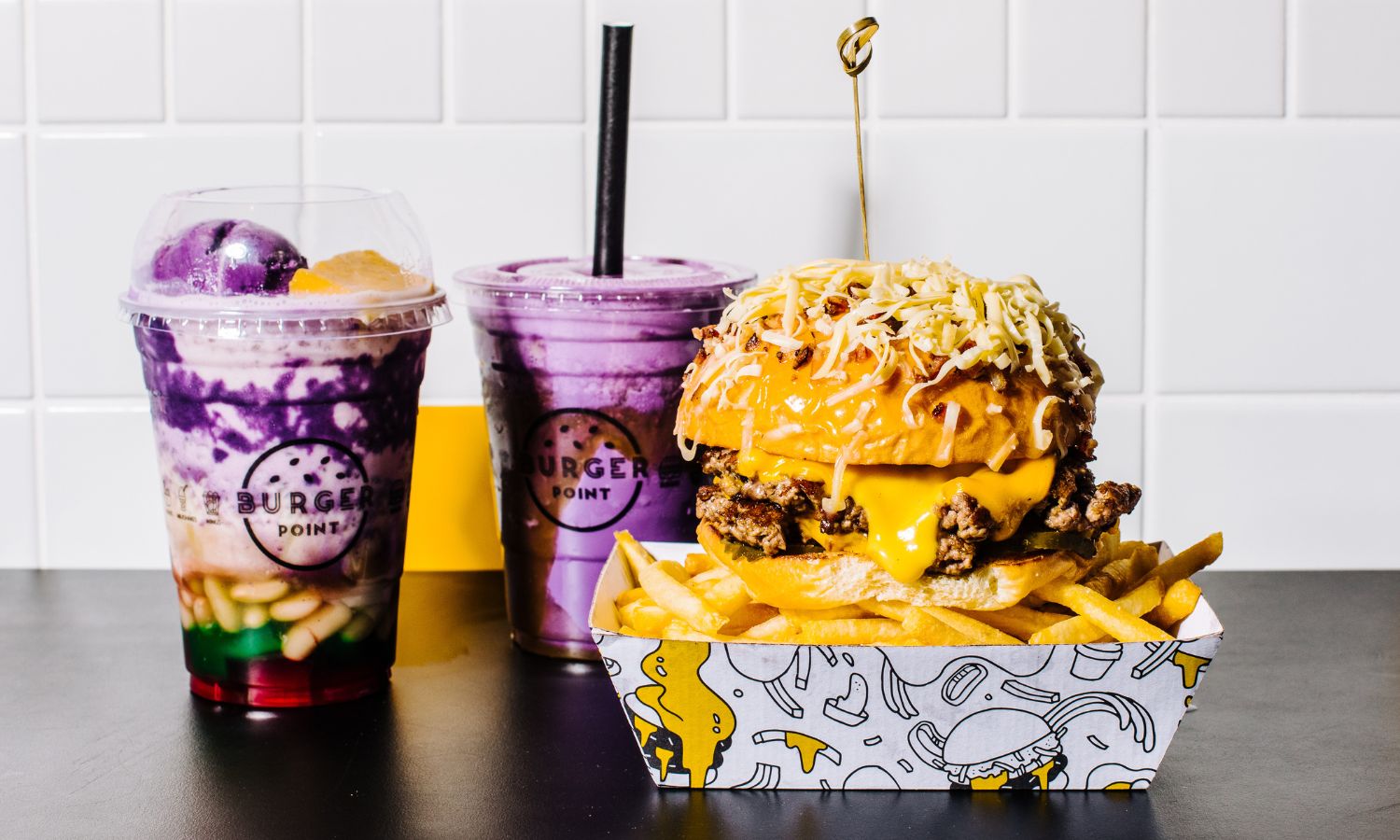Ube’s cropping up more and more on Australia’s food scene. Popular in the Philippines, the purple root vegetable has a sweet but mild taste with a nutty undertone. It’s at cafés in the form of ube lattes, doughnuts and pancakes, and at food trucks and pop-ups that serve ube bibingka (rice cake) and ube-topped skewers. It’s also at supermarkets – ube jam, chocolate bars and pre-made pastry mixes.
“Ube’s rise in Australia is aligned with Australia’s growing interest in global flavours,” says Tim Casaje, chef-owner of Burger Point, which serves an ube milkshake. “We’re also in an era where food aesthetics are important and its vibrant purple fits into that. And it also fits with our increasing demand for plant-based, natural ingredients.”

Ken Rodrigueza, co-owner of Sydney eateries Tita and House of Papi, which serve ube desserts, agrees the vibrant colour of ube has been a major factor in its popularity. The yam grows to be that purple colour — no dye is added.
“I also feel like the US has had a massive influence [on Australia’s newfound appreciation for ube],” says Rodrigueza. “Big American corporations are recognising ube and because of social media, everyone is just exposed to it now.”
Brisbane bakery Beurre serves an ube cold foam matcha latte. Lil Miss Collins Café in Sydney’s Burwood and Parramatta has ube hot cakes. And Purple Yum Bakery and Café in Melbourne’s Chadstone offers ube in Halo Halo. The Filipino classic dessert drink doesn’t always include ube, but it’s added as an ice cream or jam when it does.

“I think Filipino cuisine, in general, has really stepped out from under the ‘Asian food’ umbrella these last few years, and ube’s done a lot of heavy lifting in this shift,” says Mark Mariano, social producer at BuzzFeed Australia and a self-proclaimed Filo foodie. “I liken its movement to the rise of matcha — people just love dessert flavours that challenge and excite their palate.”
Mariano says he’s seen ube snacks and treats at most well-stocked Asian supermarkets. His favourite Filipino supermarket snack is ube polvoron, a crumbly milk-powdered treat wrapped in shiny purple cellophane.
At cafés, Mariano prefers it in Halo Halo, which he says he craves on hot days, and in lattes and frappés. “The purple is just so fun to look at,” he says. “It definitely brightens up a plain drink.”
Casaje says ube is an example of global ingredients becoming more than just a novelty — they’re symbols of culinary curiosity and cultural exchange. “Diners are embracing ingredients that tell a story,” he says. “Ube is at the forefront of that, representing not just Filipino culture but the global journey of food.”
Related: Why Are Sydney Restaurants Trying to Butter Us Up?
Related: Grab Your Book and Suitcase — Literary Travel’s Taking Off
Read more stories from The Latch and subscribe to our email newsletter.







